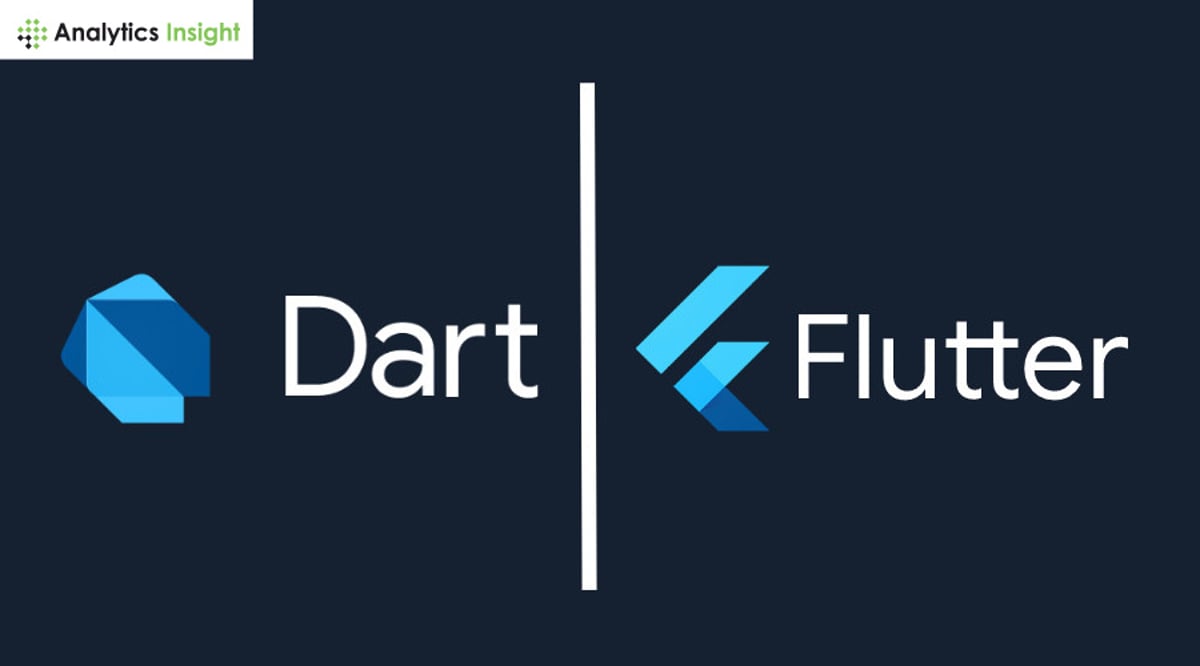Building an app with Flutter and Dart follows a straightforward approach. Here is an outline of how developers can use this combination to create cross-platform applications:
Single Codebase for Multiple Platforms: Flutter lets developers build an application for both mobile operating systems, Android, and iOS. This in turn avoids the incongruent working on similar ideas while still following the same process hence cutting down cost. Moreover, the widgets and libraries of flutter are created in a way that gives them the same app appearance for both operating systems so that the experience users will get is similar.
Fast Development with Hot Reload: One the lines of productivity enhancement, the hot reload feature in flutter enables the developers to see the changes to code without losing the state of the application. This feature greatly accelerates the work on the interface design and construction, as well as the removal of defects.
Rich Set of Widgets and Libraries: Flutter offers out-of-the-box Material Design (Android) and Cupertino (iOS) pre-built widgets to quickly design native-looking solutions. It also has largely growing third-party libraries and plugins that can add more functionality like Firebase, Geolocation and so on.
Performance Optimization: Flutter has a significant performance advantage because the apps compile to Native ARM code, unlike most cross-platform frameworks which can be run via a web view or via an intermediate representation in the platform. This is why apps developed with Flutter work efficiently and offer the users a raw experience equivalent to the application they are working on.
Testing and Debugging: Debugging and testing tools of Dart and Flutter enable the developers to ensure that their applications run effectively. Features of unit testing, widget testing, and integration testing enable the developers to get comprehensive details of the application and the bugs that must be eliminated before releasing the application to the market.
Web and Desktop Support: Thanks to Flutter Web and Flutter for desktop, developers can further develop the ‘parent’ application for web and desktop using almost all the code made for the mobile app. This makes Flutter one of the best solutions for building applications.


